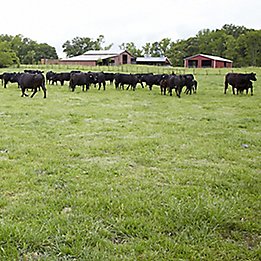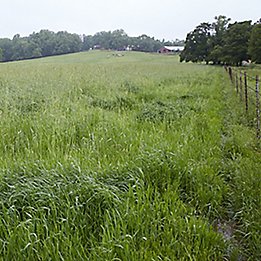Cattle ranchers are grass farmers first. The cattle depend on ranchers for a complete diet, and having something grazable for cattle every day of the year gets you more beef per acre.

Taking Care of your Forage Base
Maximizing forages gets you more beef per acre.
Improving Forages, Maximizing Profit Potentials
We're coming to you from Yon Family Farms in South Carolina where we'll talk about the value of improving your grass forage, with insights from leading producers and the experts at Corteva Agriscience.
“A good forage stand is what feeds our cattle and it’s what’ll keep us in business.”
That's what Kevin Yon says, owner of Yon Family Farms and winner of the Environmental Stewardship Award Program.
We agree.
Ranchers have a lot to manage and tough decisions to make. Rangeland is the largest asset from a value standpoint that a rancher has, so investing in that asset will provide both short-term and long-term results. Developing your forage base should be a top priority.
Allowing annual weeds to creep into your pastures is the first step in a decline, and it can lead to lost forage production as weeds compete for resources. Well over a pound of forage is lost for every pound of weeds that we allow to remain in our field. Weeds also create a no grazing zone, creating lost grazing acres.
The cheapest acre that you’ll ever buy is the one you reclaim after implementing a good weed control program.
Reclaiming a pasture using a good weed control program will bring you a better return on investment over mowing. We lose forage every time we mow, and some producers will mow 2 to 3 times a season. Every time we remove an inch of forage, we are removing anywhere from 100 to 400 pounds of forage. Using a weed control program extends the grazing season and shaves off days that we are feeding hay. A good weed control program does all of that, without disrupting forage growth.

If we take care of our land and take care of our forage base, it’s going to take care of our cattle.
- Scott Flynn, Field Scientist






